If you only use burner emails for spam, you’re missing out. They’re surprisingly useful for testing apps, managing free trials, protecting your identity on public Wi-Fi, and keeping your inbox focused on what actually matters.
 |
6
One-Time Account Verification
Writing software reviews means I’m constantly downloading and testing new tools, sometimes even 10 or 15 of them, to curate the best software list. Almost all of them require me to sign up before I can test or download the tool. Once you enter your email, your inbox is flooded with promotional content consistently asking you to upgrade and offering deals you never asked for.
While AI assistants can make email less agonizing by filtering and organizing messages, prevention through burner emails is still your best defense. I can create a temporary email to activate the account and try the service. Most of the time, you don’t need to manually delete the email, as it’ll expire in a few hours or days. More importantly, your main inbox stays clean and focused on important messages.
Two popular disposable email services include Temp-Mail and 10-Minute Mail for quick downloads. These disposable emails are valid for a few minutes, long enough to activate the account with a confirmation link. For newsletters that I might actually want to read occasionally, I use a more permanent burner email through services like SimpleLogin or ProtonMail, which let me create aliases that forward to my main inbox. These are just two of many email apps that create extra addresses for privacy.
Email forwarding services are also a great way to identify which service leaked or sold your email. If the alias starts receiving spam, you can delete it to stop the spam and block the service.
5
Testing Your Own Websites and Apps
As someone who also builds apps and websites, I need multiple email addresses to test different user scenarios. How does the signup process work? What does the welcome email look like? How do password resets function? Testing these features with your main email gets messy fast.
Burner emails are perfect for this. I can create dozens of test accounts without cluttering my inbox or worrying about deleting test data later. Services like Mailinator even let you create emails on the fly—just make up any address @mailinator.com and check it instantly without signing up.
This approach also helps when testing email marketing campaigns. I can see how emails render in different inbox providers, test spam filters, and verify that unsubscribe links work properly without affecting real user accounts or my personal email.
4
Protecting Your Identity on Public WiFi
Public WiFi networks at coffee shops, airports, and hotels are convenient but highly insecure. Even then, you need to sign up using your email to access online services on public networks.
I use burner emails for new signups or services I haven’t used before. If someone intercepts my connection and captures login credentials, they’re getting access to a disposable email, not my primary one, that may be connected to banking, work, and personal accounts.
3
Limiting Exposure to Data Breaches
Data breaches happen so often that they barely make headlines. Last year alone, major companies like Ticketmaster, AT&T, and countless others exposed millions of email addresses and personal data.
When you use the same email address everywhere, a breach at any one service exposes you across all of them, making it easy for attackers to cross-reference breaches, build detailed profiles, and launch sophisticated phishing attacks. This is one of the most common email security mistakes people make, treating their primary email as a universal login.
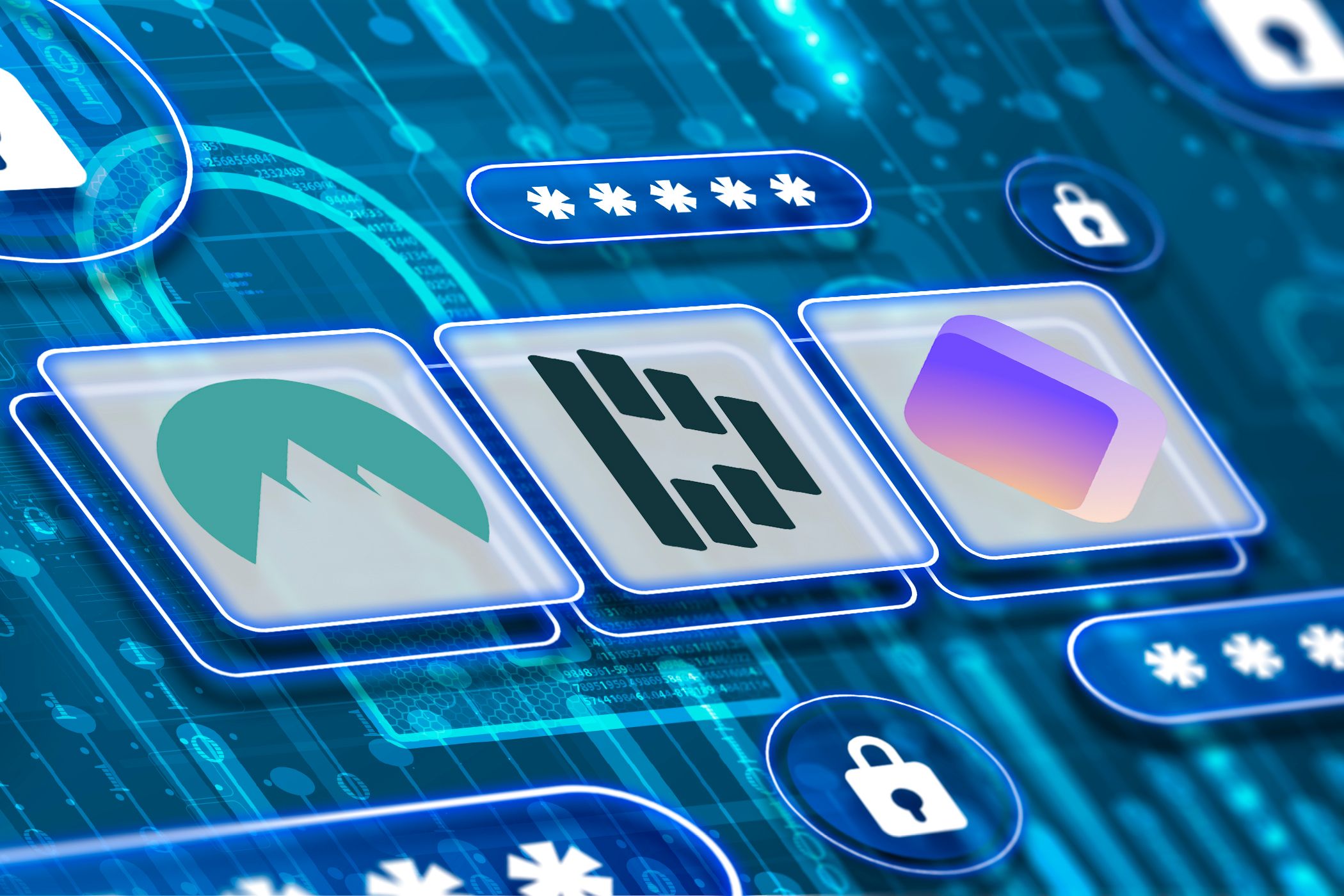
Related
How I Use a Backup Email Address to Keep My Online Accounts Secure
It’s easy to add another layer of protection to your online accounts.
I use burner emails for any service I don’t completely trust. For example, when buying a phone case from an online store or signing up for a social media platform, my secondary email address allows me to sign up and verify without exposing my primary email, which is connected to critical services such as banking, government services, and primary work accounts.
My caution has paid off. Although many of my secondary email addresses and passwords have appeared in numerous data breaches, I didn’t have to scramble to change passwords everywhere or deal with targeted phishing attempts.
2
Testing Apps, Services, or Products Anonymously
Free trials are great, but companies make it incredibly difficult to cancel before they charge you. They bank on you forgetting about that 30-day trial that automatically converts to a $50 monthly subscription. Even worse, canceling often requires keeping track of emails with account information.
Sure, you can use virtual credit cards to prevent services from charging you for the service that you no longer intend to use. However, I use burner emails paired with virtual credit cards to add a layer of protection. If I forget to cancel, the virtual card can be set to decline charges. Moreover, if the company tries to reach out about payment issues, those emails go to an address I’m not checking.
Some services detect and block common burner email domains, but there’s usually a workaround. Premium burner email services offer custom domains that look legitimate, or you can use the plus-sign trick with Gmail (like yourname+trial@gmail.com) to create unique addresses that still route to your main inbox.
1
Participating in Surveys and Polls
Online surveys, polls, and giveaways often require your email address to participate. While some offer compensation and others don’t, almost all of them require your contact information, including email. The collected data is a goldmine for marketers, and they’ll definitely use it for marketing, which means more spam.
Burner emails are extremely useful for participating in one-time polls and surveys. This way, I can still partake in legitimate opportunities without sacrificing my inbox to endless promotional emails. Most contests require your email to verify the account and claim rewards, so temporary emails that expire in minutes won’t work. You may need to look for something more permanent but still disposable.
Personally, I use a few custom domains I own to create disposable aliases without worrying about managing multiple accounts or exposing my primary email addresses. While this solution may not be feasible for everyone, services like SimpleLogin or ProtonMail as email aliasing tools offer a very effective spam control mechanism and help you control your privacy online.
Setting Up Your Burner Email System
Setting up a burner email is easy. For temporary needs, bookmark a service like Temp-Mail to help you quickly generate a disposable email without any signup process.
For more permanent burner emails, consider services like ProtonMail or SimpleLogin. Start with the free plan to try email aliasing and see how it fits your workflow. Once you’re comfortable, you can upgrade to paid tiers for more aliases, custom domains, or advanced features like catch-all addresses that let you create aliases instantly.
Before going all-in on disposable emails, know that they have some limitations. Many online services block burner emails to prevent people from abusing free trials. You might need to try a few different services to find one that works, or use a paid service that offers more legitimate-looking email domains.
There’s also the flip side to consider. While burner emails protect regular users like us from spam and data breaches, some people use them for harassment or scams. That’s why many legitimate services have started blocking them—they’re trying to keep the bad actors out, even if it makes things harder for privacy-conscious users.
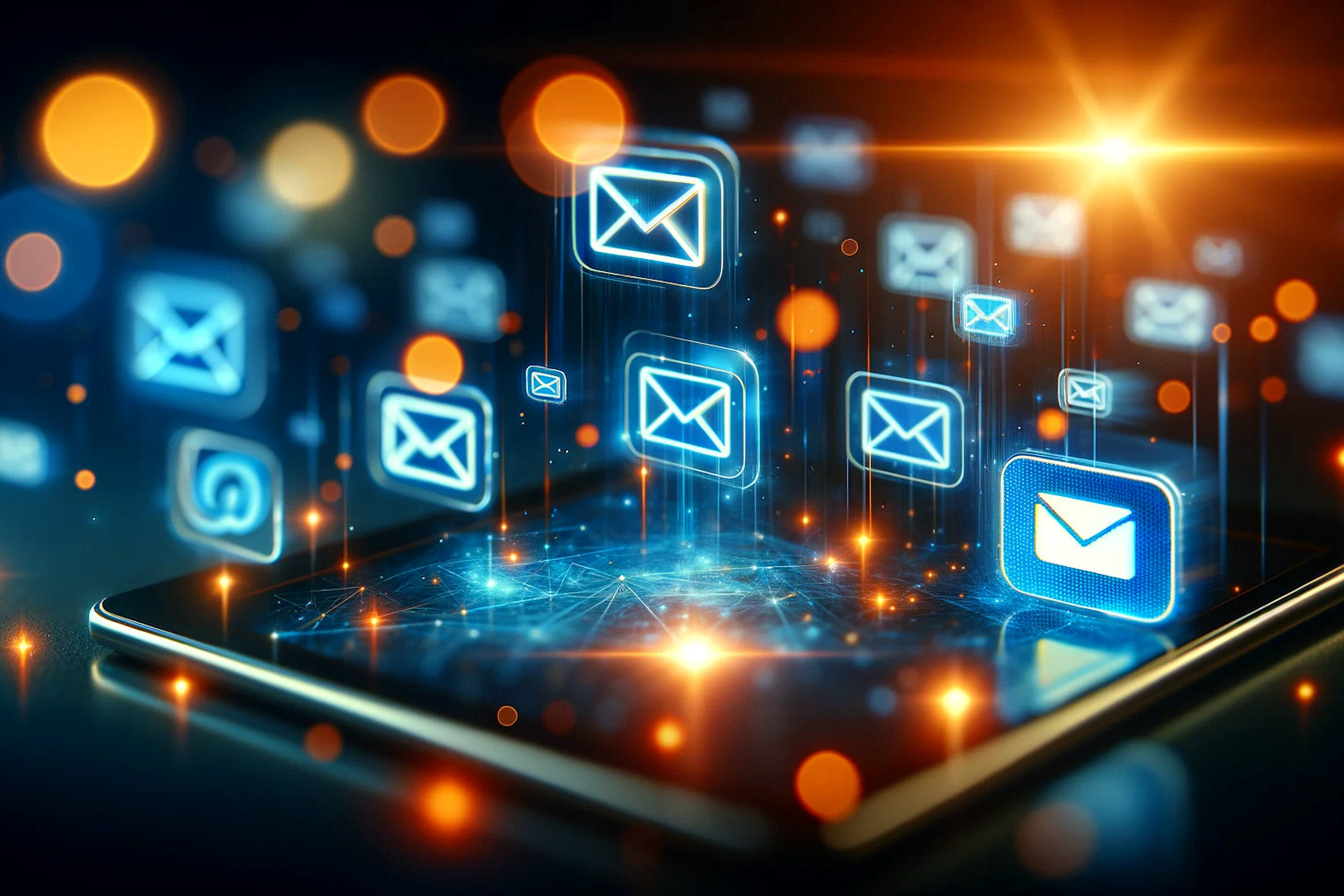
Related
These 5 Email Apps Let You Create Extra Addresses for Privacy
Your email addresses don’t have to fall into the wrong hands.
The goal isn’t to complicate your life with dozens of email accounts. Start with one or two burner emails for your most common use cases, then expand as needed. Keep a simple note in your password manager about which email you used for what purpose.
Remember, burner emails are just another tool in your privacy toolkit. Use them smartly, and you’ll wonder how you ever managed without them.


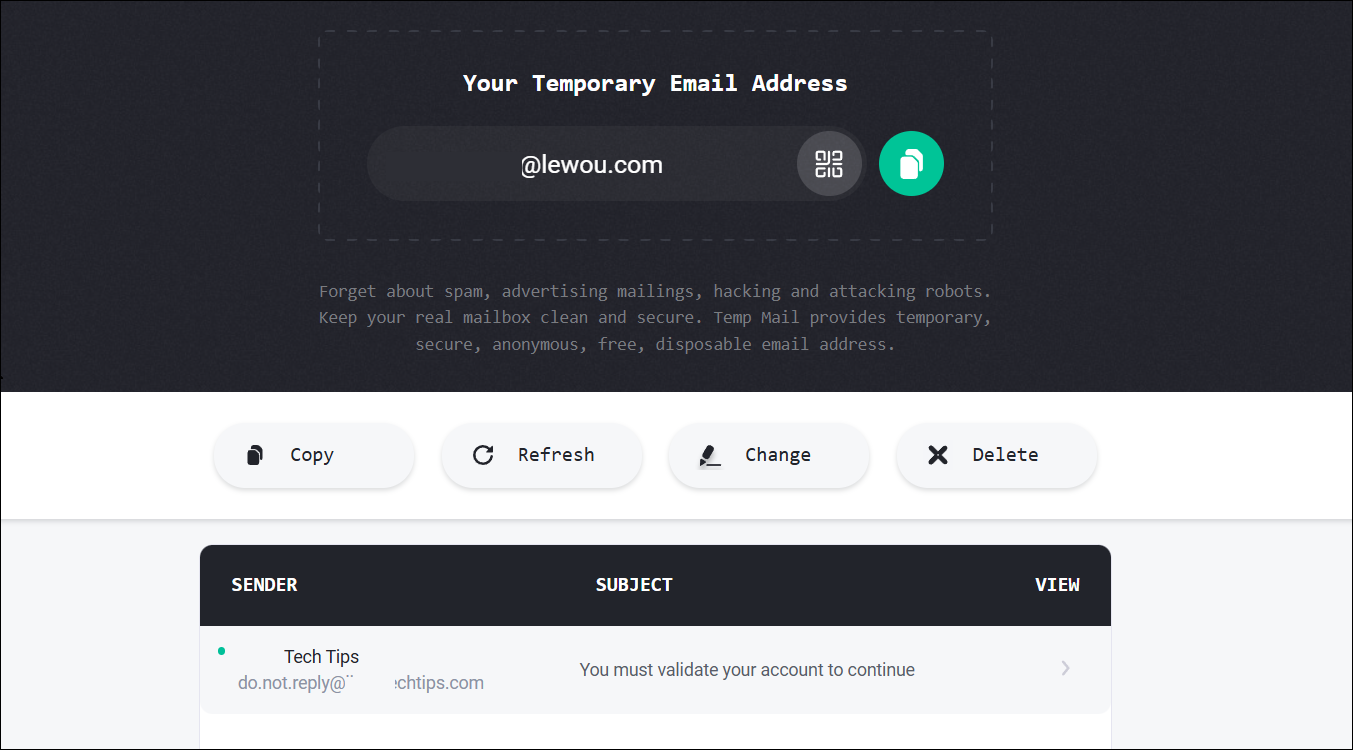
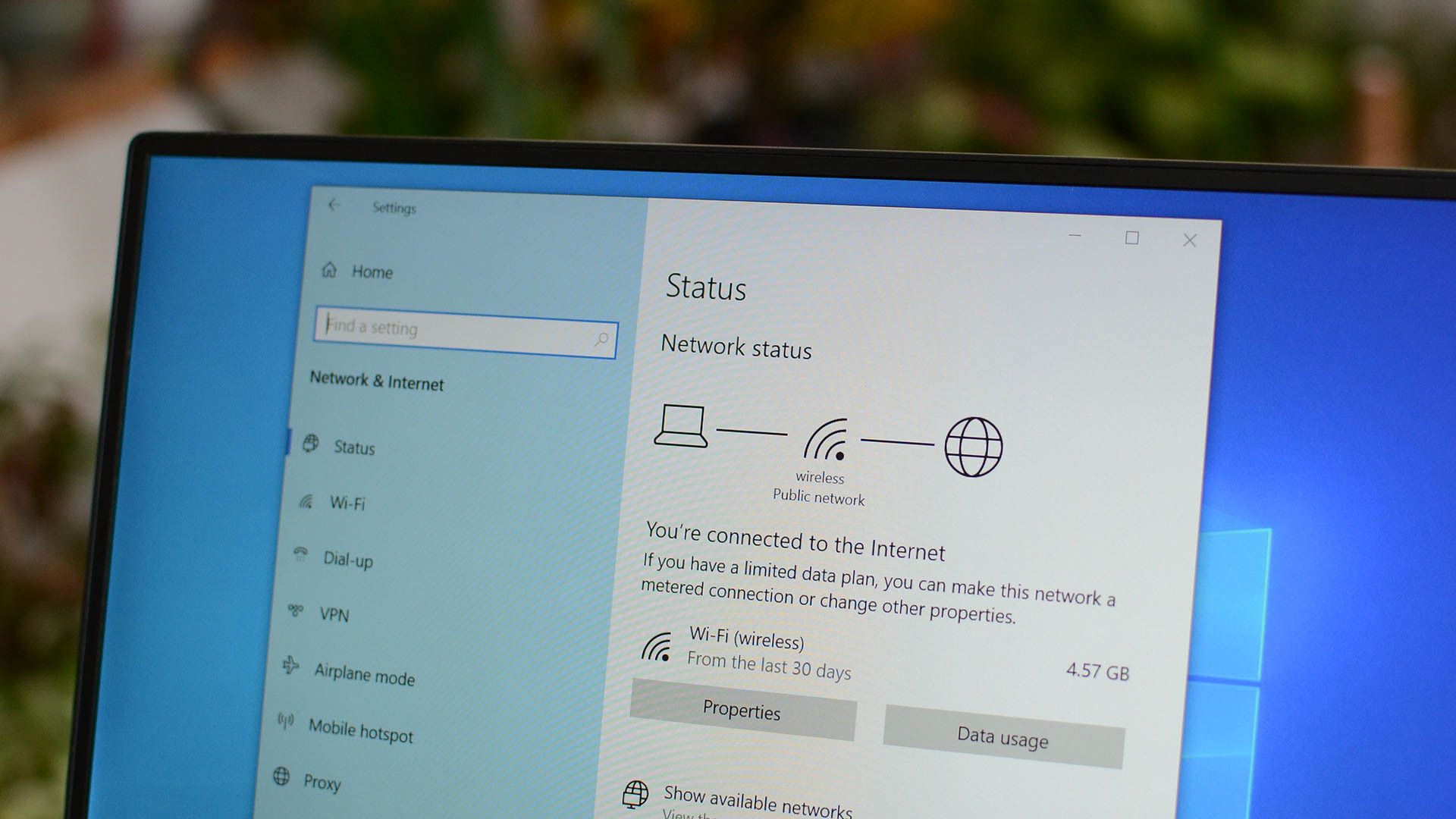
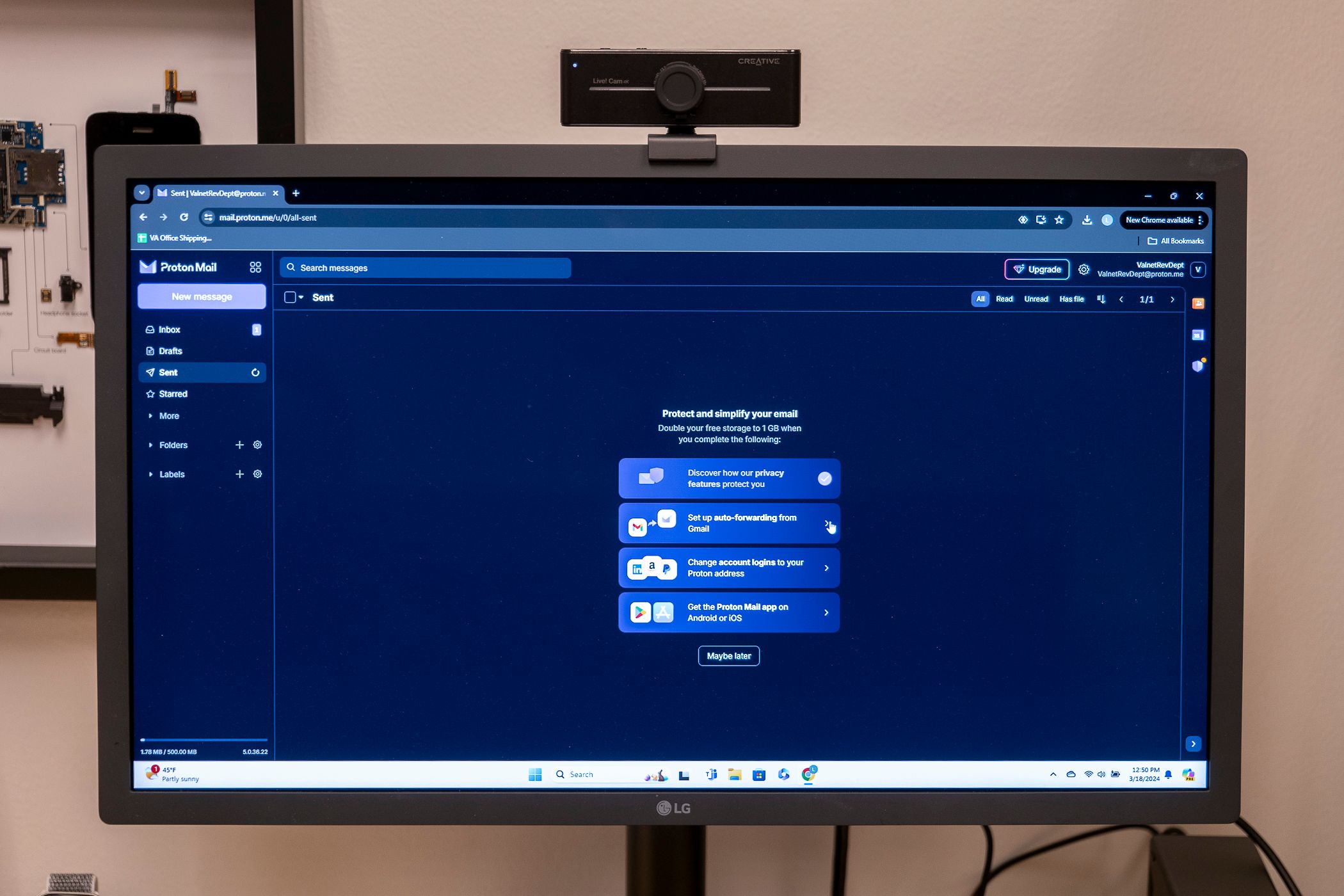





Leave a Comment
Your email address will not be published. Required fields are marked *